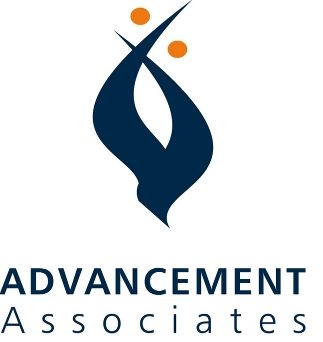By Mike Wiese, associate
Should your organization consider using social media to engage young people’s support and involvement? The answer is yes. While in the past this generation may have primarily been reached through a printed letter, newsletter or advertisement, today’s young people are more apt to communicate via Twitter, Facebook, blogs, Instagram, Pinterest and other such platforms as well.
Before considering specific tools, let’s understand why social media as a whole works. Young donors like social media because they want to be personally connected with things and people that they care about. Relationships matter to them and they want to stay in touch. If young people are passionate about your mission and want to be active on your behalf, you need to communicate via their tools and let them use those tools to spread the word. Social media is the most effective way that young people share word of mouth endorsements.
Here we offer pros and cons of the two most used forms of social media today—Twitter and Facebook—along with one suggested way your organization can begin utilizing these tools to build relationships with younger donors. As the previous paragraph suggests, however, many younger donors are seeking, first and foremost, not a repository for their funds, but a connection and a relationship. Social media allows them the opportunity to stay in touch with your organization and to be active on its behalf in other ways as they establish their own habits of charitable giving that may benefit you in the future.
Twitter:
Pros:
• More than one quarter of online adults between 18-29 use Twitter—nearly double the number of users age 30-49.*
• In a short message (tweet) you can let followers know about an activity to generate attendance.
• Followers can easily share information, ask questions, get questions answered and pass your information on (retweet) to their followers.
• You can follow other experts to learn from them and share with them.
• One can monitor keywords (through hashtags) to see what others are saying about your organization.
• Account set-up and use are free.
Cons:
• Messages are limited to 140 characters.
• Time is required to build community and post meaningful tweets.
• Tweets need to be meaningful and in line with specific marketing objectives and brand.
• Although you can include a link to visual items, Twitter is not good for visual content.
Example: A group of constituents follows your organization on Twitter. On the morning of a major event, you want to remind your followers that the event is later that day. You send a tweet to your followers, some of whom retweet to their friends that they are going, and invite those friends to come with them.
Facebook:
Pros:
• Users include over 1.1 billion individuals—67% of all adult internet users—from a broad demographic.*
• Visual content can be shared easily.
• Facebook is interactive and allows people to respond to your posts (through comments and likes).
• Content can be linked to websites or other social media sites such as Instagram (sharing photos) and Pinterest (“a tool for collecting and sharing things you love”).
• Ads can be purchased that align to a profile of people who are likely to be interested in your organization.
Cons:
• Setting up a “Facebook Fan Page” and getting fans for your organization requires time and resources. (People become fans by liking your organization’s page.)
• Posts need to be meaningful, informative and to support your marketing objectives/brand.
• Pages must be kept up to date and regularly monitored.
• Facebook ads require a budget.
• Having reputation management policies in place is important if someone places a negative post on your page.
Example: After your event you post an informative update and photos on your Fan Page to let your fans know what happened. Fans respond to the post by “liking it” and sharing a comment. Some fans post your message on their personal profile page to share with their friends.
Major companies are shifting large portions of their communications budget away from traditional media to social media. If you haven’t already, you may wish to consider adding a social media component as part of your next advancement plan. The two examples listed here just scratch the surface of what is possible. AAI is prepared to offer additional ideas for faith-based nonprofits who wish to incorporate social media into their overall advancement strategy.
*Statistics according to the Pew Research Center’s Internet & American Life Project Post-Election Survey, November 14-December 09, 2012.
